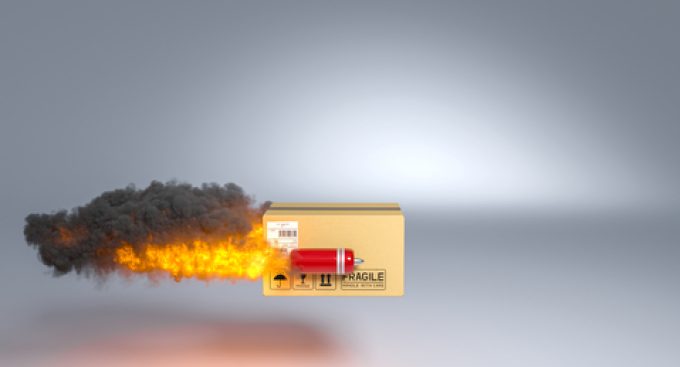CBP won't be ready for flood of extra processing after de minimis pause
Preparing US customs systems for the end of the US de minimis exemption on imports ...

It’s not just the loss of taxes or the import of illegal substances that is concerning US authorities in the airfreight peak season: it’s safety, too.
The Federal Aviation Administration (FAA) has warned airlines to review procedures before the avalanche of Christmas ecommerce packages containing electronics hits the skies.
In a Safety Alert for Operators (SAFO) this week, the FAA noted: “The holiday season is rapidly approaching, when the number of packages, including electronics, entering into the aviation cargo stream significantly increases, ...
Semiconductors could compensate for air freight's lost ecommerce traffic
'It’s healthy competition' Maersk tells forwarders bidding for same business
Transpacific sees first major MSC blanks as rates fall and volumes falter
'Weakened' Maersk paying a heavy price for its lack of fleet growth
US shippers slam USTR port fee plan – 'an apocalypse for trade'
Opposition builds for final hearing on US plan to tax Chinese box ship calls
Despite sourcing shifts, 'don't write-off China', says CMA CGM CCO
Calling all shippers!
Please give us a minute of your time to answer the following questions:

Comment on this article